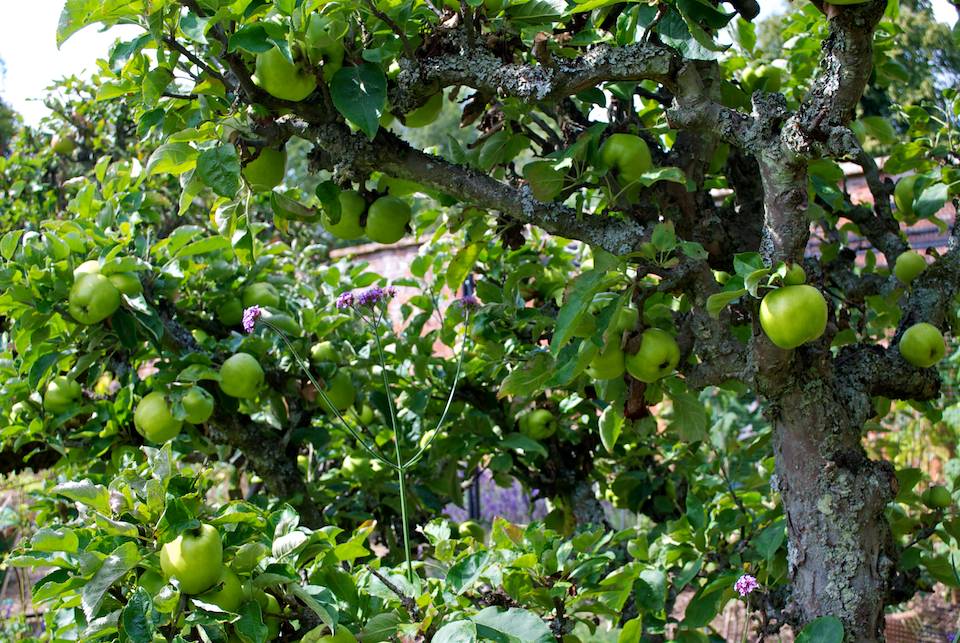For some years, our inherited (60+ year old) espalier apple trees, have been somewhat neglected. Being such a special part of the garden, this may sound surprising, but as trees, they are often forgotten. Trees provide the structure, around which gardening activities take place. Terrible, but often true.
The walled garden has 14 espalier apple trees, which for many years have been pruned in winter, along with the (half) standard apple trees in the main orchard. Undoubtedly, this will make the discerning fruit growers amongst you, frown intently.
Espalier pruning is best undertaken after the tree has flowered and set fruit, that is August-September time. Despite best efforts, time was never on our side, until this year. We decided that the trees could not be ignored any longer, and work to rejuvenate, the always so generous producers of lovely apples, started in earnest. One, blog post-less week later, the result is staggering.
Despite being covered in lichen, scab, and the odd bit of rust, the trees are generally healthy. The lack of summer pruning has led to the development of huge top growth, resulting in espalier trees that have far outgrown their original structure. Trained forms such as espalier apple trees require summer pruning to maintain their shape by restricting new growth. Excessive growth in our trees has consequently led to fruiting taking place high up in the trees, which for espalier trained apple trees is just wrong, not to mention tricky picking wise.
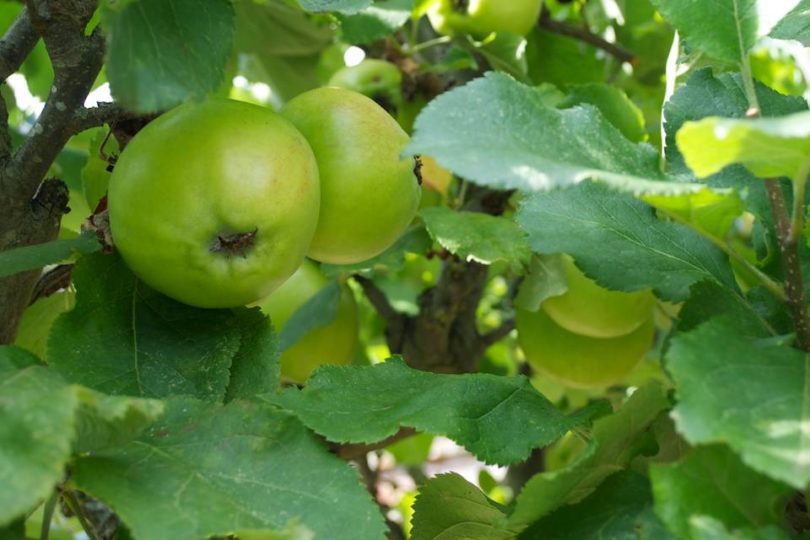

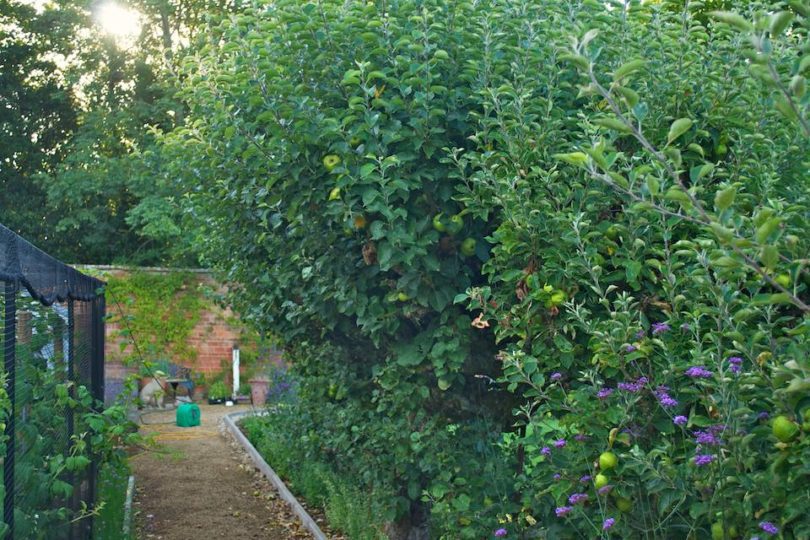
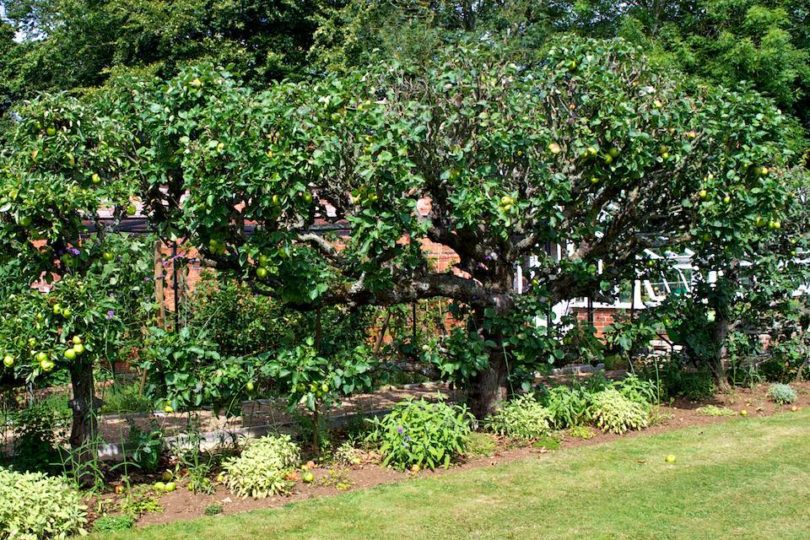

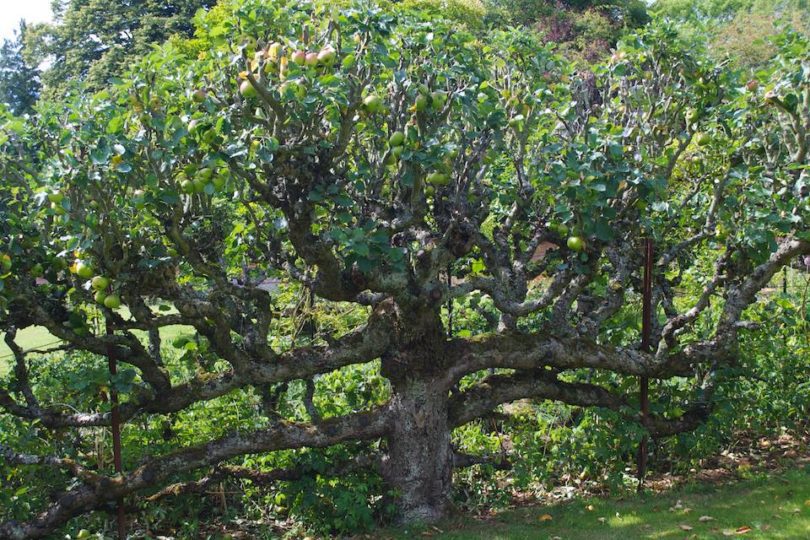
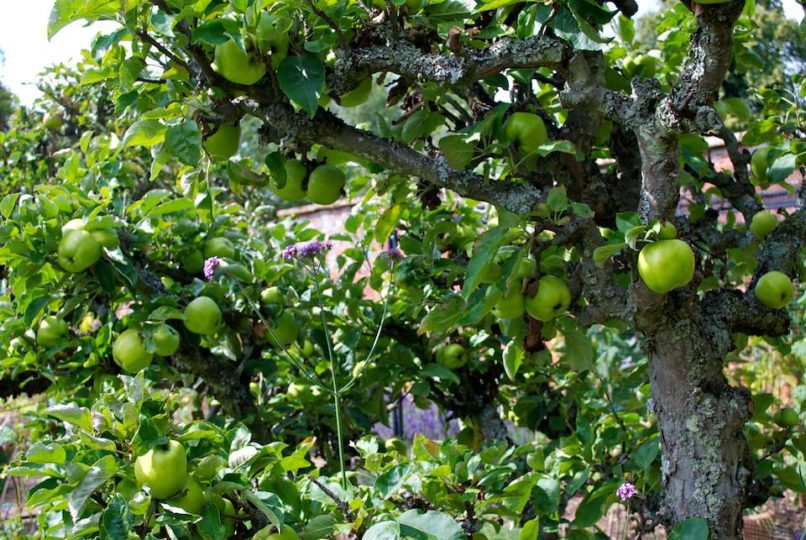
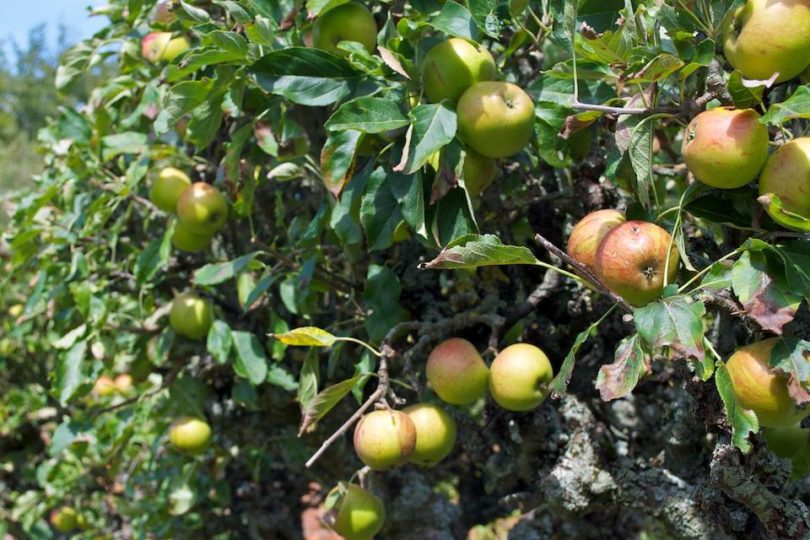
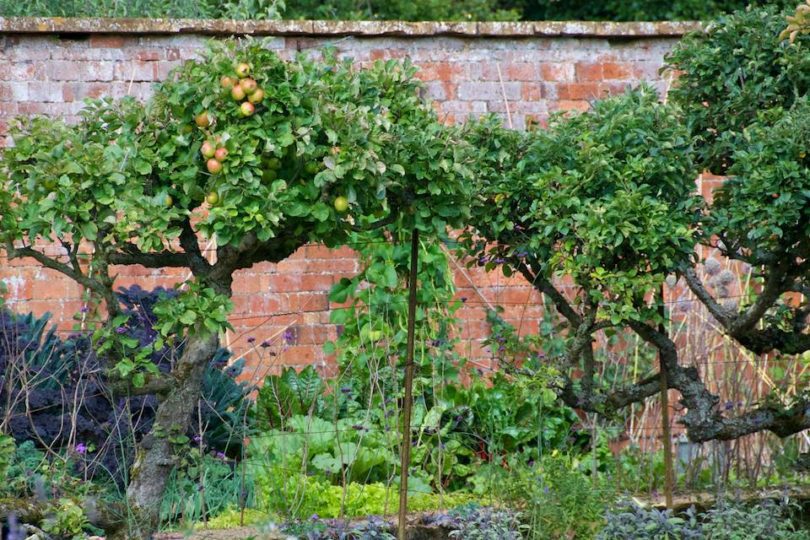
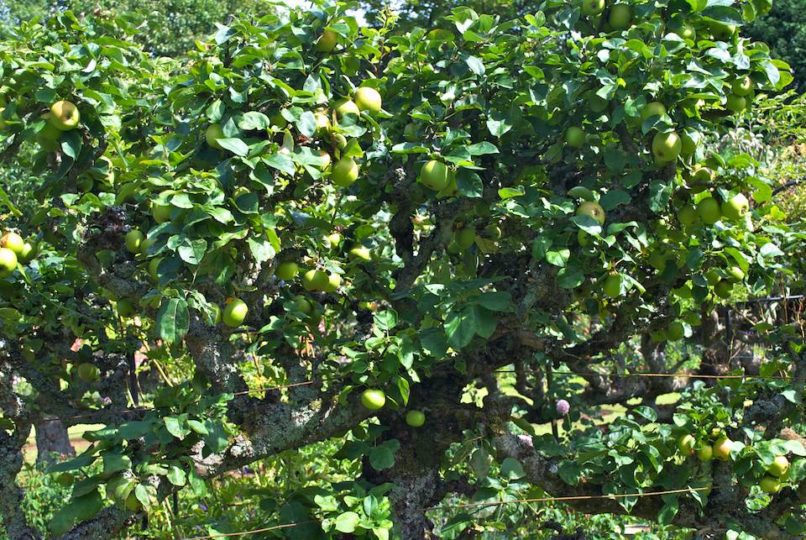
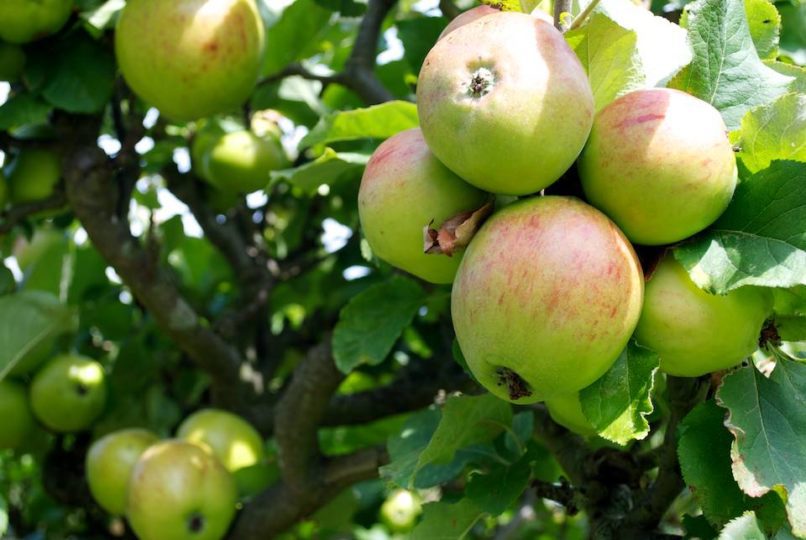
Interestingly, the years of mistimed pruning does not seem to have impacted the yield. Every year, we are surprised by the trees’ generosity. Though, after this recent intensive spa treatment, it remains to be seen how much they will produce next year. Summer pruned side shoots should form fruiting spurs, so the prospects should be good.
Despite watching hours of gardening telly and reading stacks of books on the subject of pruning apple trees, it is always somewhat frustrating that the examples shown are usually young(ish) trees, not oldies like ours. I realise 60+ year old apple trees are rare, though I have been to many a garden, where examples such as these exist. Herein lies a small plea for more coverage on renovating old fruit trees, as they are special and require care. Monty, I hope you are reading this…
Being the age that they are, there are limits as to the degree of pruning one can do. At this age, it is dangerous to assume that shoots will regrow where pruned, so we tread carefully. However, the start is as is always prescribed, with the four D’s; remove Dead, Diseased, Dying and Damaged wood. Consequently we pruned the trees to; (1) maintain the espalier shape; (2) open up the shape to let in light and air, (3) removal of any crossing or rubbing branches, and (4) thinning overcrowded or old fruiting spurs. We probably need to do some additional (light) winter pruning to sort out additional over-crowding. Though, this just the first step to bringing the apple trees back to their espalier shapes. Many years of work lie ahead.
The work involved is quite something, especially as we have so many trees, and all really needed their cosmetic surgery. It is though, such a gratifyingly enjoyable affair. The trees look so much the better for it, light and air is coming through the trees, the apples are exposed to the sunlight for better ripening, and all ‘sap drawing’ shoots have been banished from the trees. Being the size and height they are, access was pretty limited and required some acrobatic stunting to reach those last wretched shoots. Not easy, as I really do hate ladders, especially our rickety wooden number. I have written to Santa for a fancy, stable, tripod ladder.
